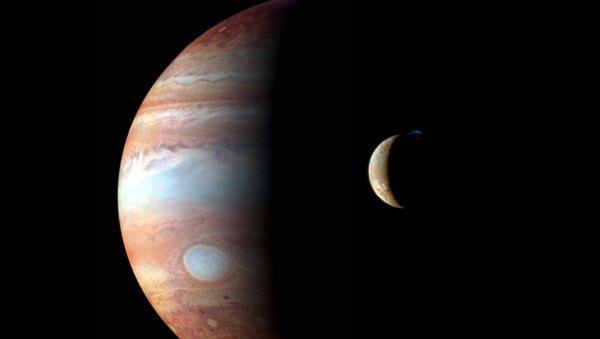The brighter object on the bottom right will be the planet Venus, while the slightly fainter but vastly larger and more distant Jupiter will be top left. The planets last passed close to each other - that is: relative to our position on the surface of the earth - in January. Astronomers expect the next 'conjunction' will not occur until 11 February 2021.
Notably, a close apparent conjunction of Venus and Jupiter reportedly also occurred around 2-3 B.C. Some researchers suggest that this celestial event may have been what was described in ancient records as "The Star of Bethlehem" used to herald the birth of the Christian religious prophet Jesus Christ.
Follow Sputnik's Live Feed to Find Out More.



